I did 20 Cossack squats every day for a week—here’s what it did to my body
I found my hips felt stronger and healthier, my balance had been boosted and my ankles were more mobile after just a week
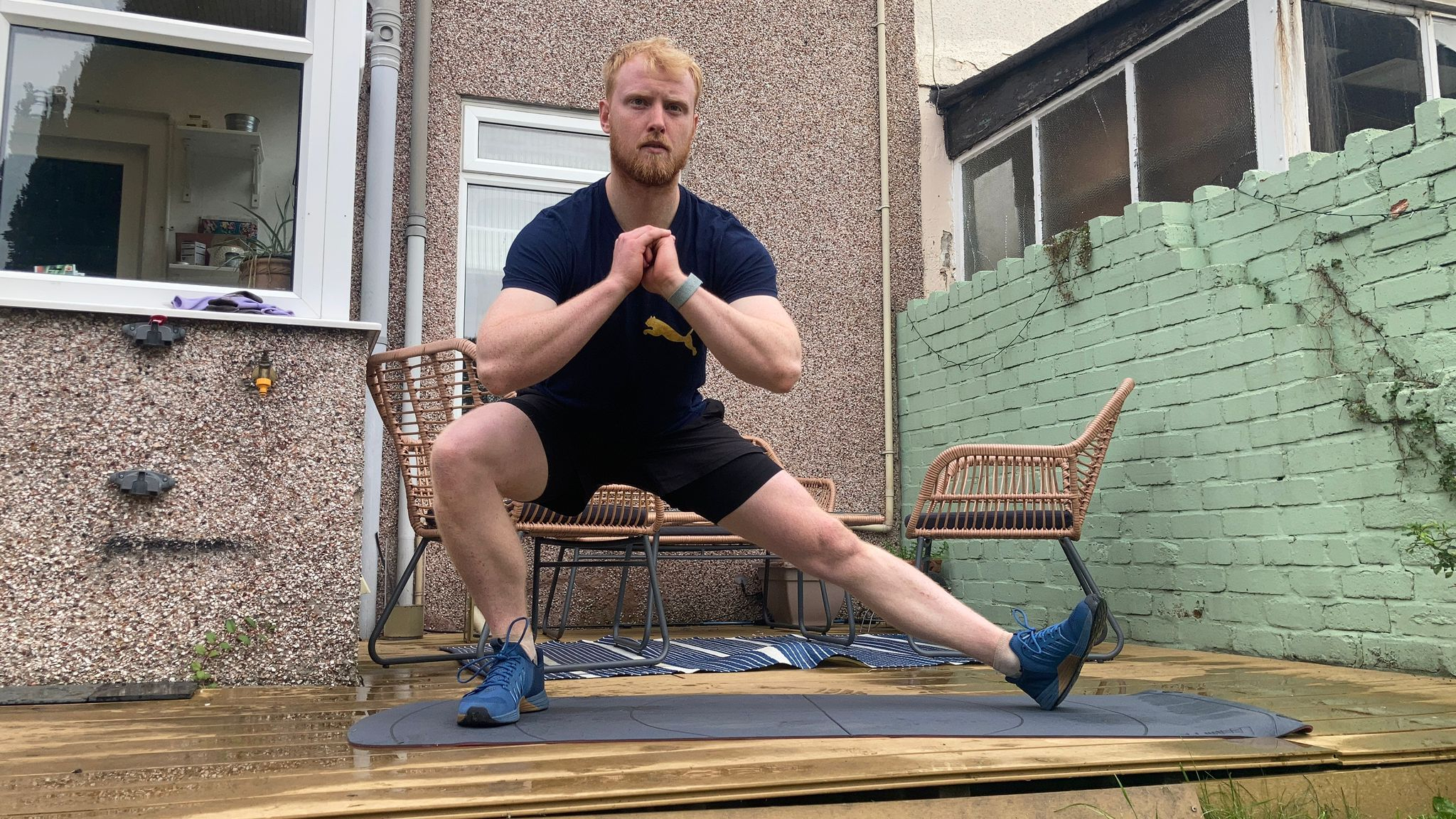
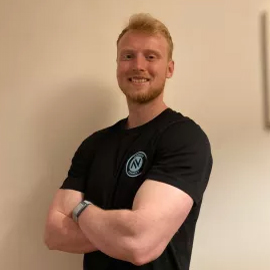
Part squat, part splits, part dance move; the Cossack squat looks a little different to your standard stretch or exercise. It's also rather difficult, but holds the key to a whole host of health benefits.
As someone keen to reap said benefits—boosted mobility, stronger hips and better stability, to name a few—I decided to try and do at least 20 bodyweight Cossack squats each day for a week to see if this movement made any difference to how my body felt.
I incorporated the exercise into my warm ups during visits to the gym, then tackled it at home on days when I wasn't training.
How to do a Cossack squat
- Start in a wide stance with your toes facing forward. Keeping your back straight and your chest proud, push your hips back and lower them towards your right foot.
- Sink as far as you can into this side squat, then drive through your right heel to return to the starting position.
- Repeat on the other side.
Benefits of Cossack squats
Before launching into the benefits of Cossack squats, it's important to say that I had two options when tackling this exercise.
One option was to use it as an unweighted mobility-boosting move. The other option was to gradually add more weight to the exercise courtesy of dumbbells or kettlebells, with the goal of building strength and muscle.
For the purposes of this challenge I opted for option one, as this would target my (lacking) flexibility and allow me to do the exercise every day.
"If you’re performing this exercise for muscular strength or hypertrophy [muscle growth] and adding weight, it's essential you're getting enough rest between each training period. I would recommend training legs every two to three days at a maximum," personal trainer Jess Suthard from Goal Plans powered by MuscleFood told me.
Get the Fit&Well Newsletter
Start your week with achievable workout ideas, health tips and wellbeing advice in your inbox.
"But Cossack squats can be performed every day for mobility purposes, working on hip, knee and ankle flexibility. This can be extremely effective if you lead a sedentary lifestyle and have an office-based job, as it will help you move more easily in your day to day life."
Five things I learned from doing Cossack squats every day for a week
1. Cossack squats aren't easy
Cossack squats are an excellent way to build strength, flexibility and resilience in your hips and ankles. On the first day I came to do them, I found myself lacking in all of these areas.
I've done Cossack squats before as part of various dynamic warm-ups or as a one-off strength-building exercise, but never on a regular basis, and it showed.
On day one my hips were tight and my ankles stopped cooperating as soon as my thighs dropped low to the ground. As I tried to sink deeper into the squat, I could feel my heels peeling off the floor and I instantly became wobbly as my balance abandoned me.
The result? An inelegant half-squat of sorts, lacking the depth or coordination of the immaculate Cossack squats Google had served up as my inspiration. But I persevered, and came back the next day ready for another run at them.
2. You see progress quite quickly
"You'll find that, over the course of the week, your range of motion should increase in your hips, knees and ankles, the exercise will feel easier and your mobility should have improved due to the recruitment of muscle fibres," Suthard told me.
She was right, too.
A few days in I noticed I was able to sink deeper into the squat. The muscles in my hips felt less like they were being put through the wringer and more like a fairly well-oiled machine doing what it had been designed to do.
I was even able to sit in the bottom of the squat with my heels on the floor (albeit with a deep stretch in my calf muscles and ankles, and a helping hand from a nearby squat rack for support).
I used several items including a squat rack, table and kettlebells (as pictured below) to support me and help me sink deeper into the squat during the first few days of this challenge, before trying the exercise unassisted later in the week.
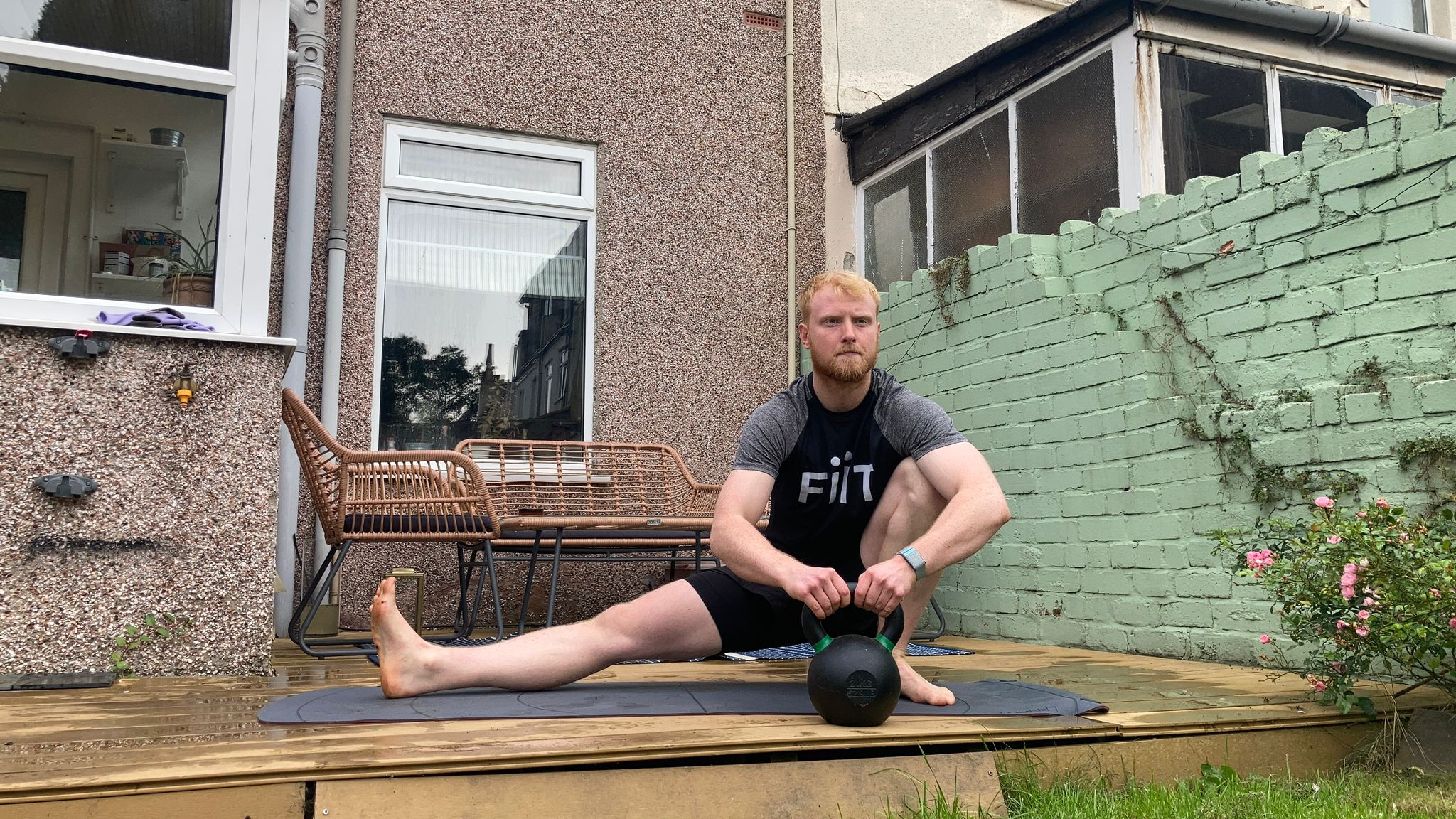
3. It activates under-used muscles
During the Cossack squats, I felt under-used muscles in and around my hips and knees being put to work.
Most of my training revolves around exercises that operate in the "sagittal plane" — moving forwards and backwards. The Cossack squat bucks this trend, working in the "frontal plane" by challenging me to move my weight sideways.
As a result, it recruits and strengthens the hip adductors, which play a role in maintaining posture and stabilizing the hip, as well as moving the leg inwards.
4.Consistency is key
As I've already mentioned, this wasn't my first rodeo on the Cossack squat front. But it was the first time I had added them into my fitness plans with any sort of consistency, rather than throwing them in as a fun test or way to freshen things up every now and then.
Doing the movement every day, I saw my gradual improvements continue through the week. By the end of the challenge I had gone from failing to complete a single Cossack squat to being able to cycle through a few repetitions with fairly decent form.
5. It benefits other activities
After a week of Cossack squats, my hips felt stronger and more mobile, while my ankle flexibility had seen some incremental improvements too.
This improved flexibility came in handy during daily activities, whether I was swooping down to scoop something up off the floor or trying to keep tight hips (and any consequent back pain) at bay after sitting at a desk for hours each day.
All of these factors also helped me in my wider CrossFit training and sporting endeavors on the padel court, running track and soccer field.
I especially noticed a difference when performing heavy barbell back squats. Just a few days before starting this challenge I had cut a squat-centric leg workout short after feeling some twinging in my groin, but after a week of Cossack squats this niggle was nowhere to be found.
I love exercising regularly, both for my physical and mental health, so being able to stay injury-free and train consistently is a major win for me.
Need some help choosing your weights? Our guide to the best adjustable dumbbells can help

Harry Bullmore is a Fitness Writer for Fit&Well and its sister site Coach, covering accessible home workouts, strength training session, and yoga routines. He joined the team from Hearst, where he reviewed products for Men's Health, Women's Health, and Runner's World. He is passionate about the physical and mental benefits of exercise, and splits his time between weightlifting, CrossFit, and gymnastics, which he does to build strength, boost his wellbeing, and have fun.
Harry is a NCTJ-qualified journalist, and has written for Vice, Learning Disability Today, and The Argus, where he was a crime, politics, and sports reporter for several UK regional and national newspapers.
-
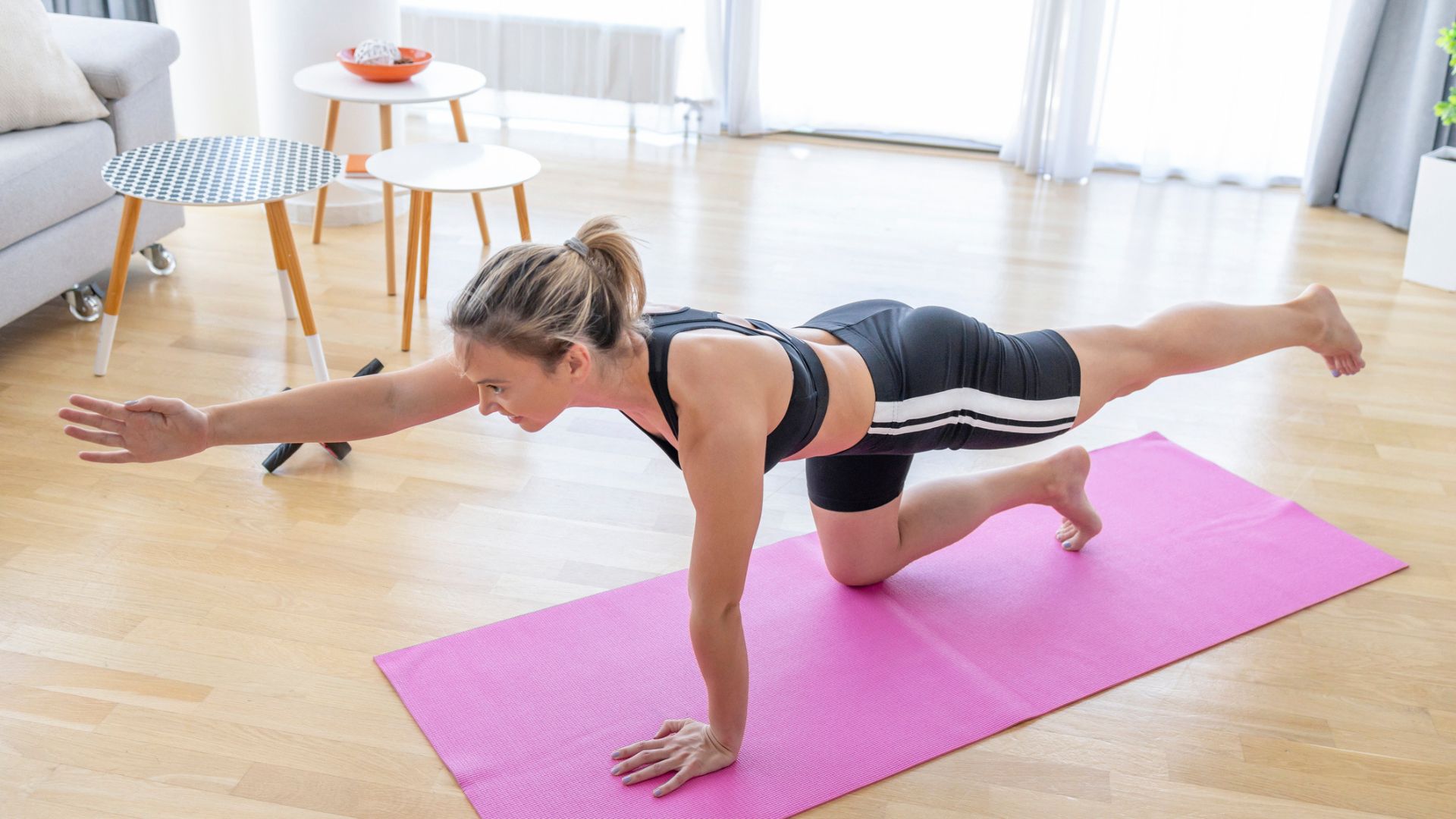 I did bird dog every day for seven days and now I understand why trainers recommend it for core strength, spinal health and posture
I did bird dog every day for seven days and now I understand why trainers recommend it for core strength, spinal health and postureThis simple bodyweight move has so many benefits
By Alice Porter
-
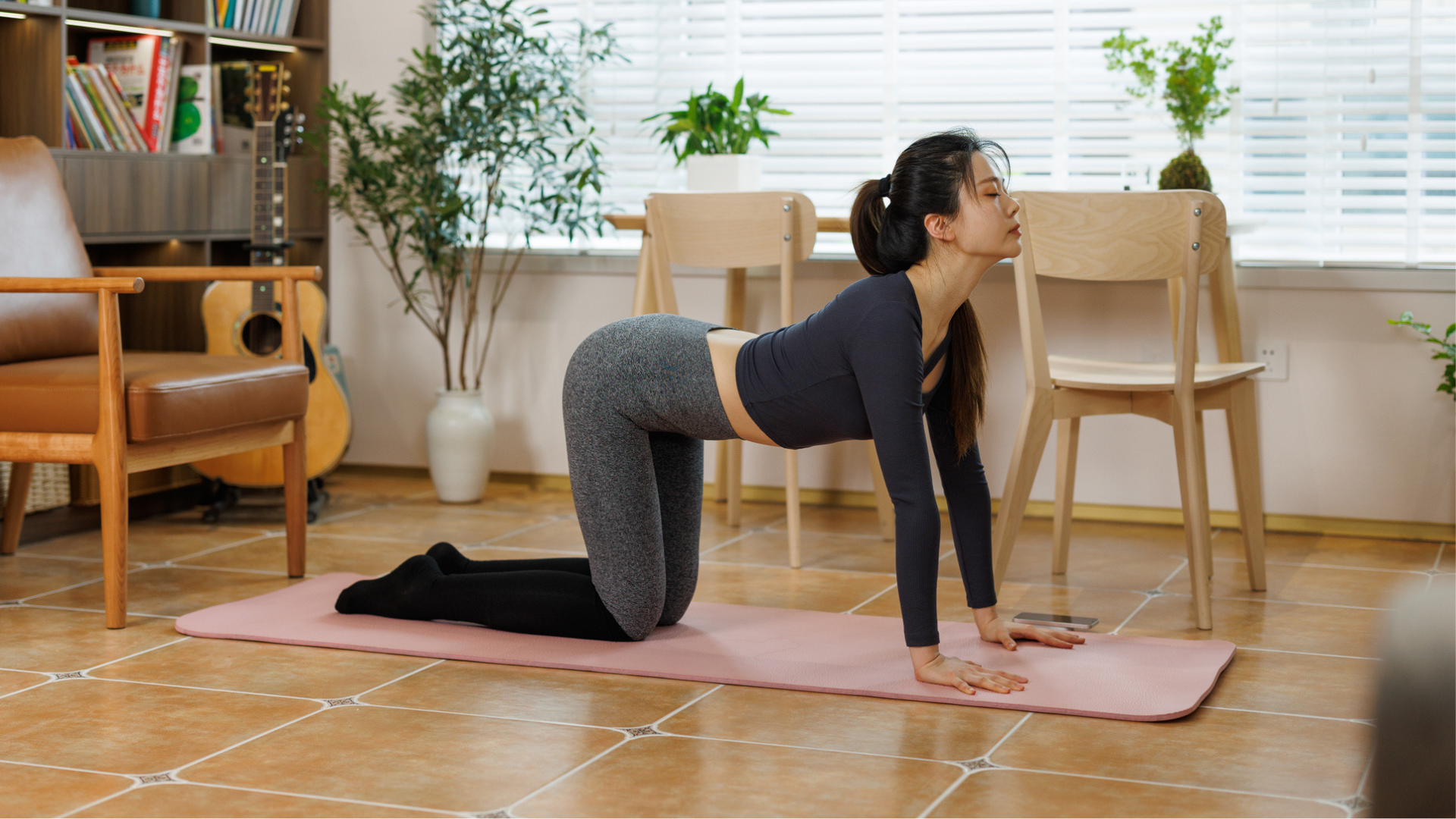 A yoga instructor says this eight-minute routine is all you need to mobilize your entire body
A yoga instructor says this eight-minute routine is all you need to mobilize your entire bodyStiff and achy muscles? Try this
By Alice Porter
-
 This expert-recommended tweak to child's pose is helping me undo the damage of my desk job
This expert-recommended tweak to child's pose is helping me undo the damage of my desk jobYoga If you spend a lot of time sitting down, you need to try this stretch
By Alice Porter
-
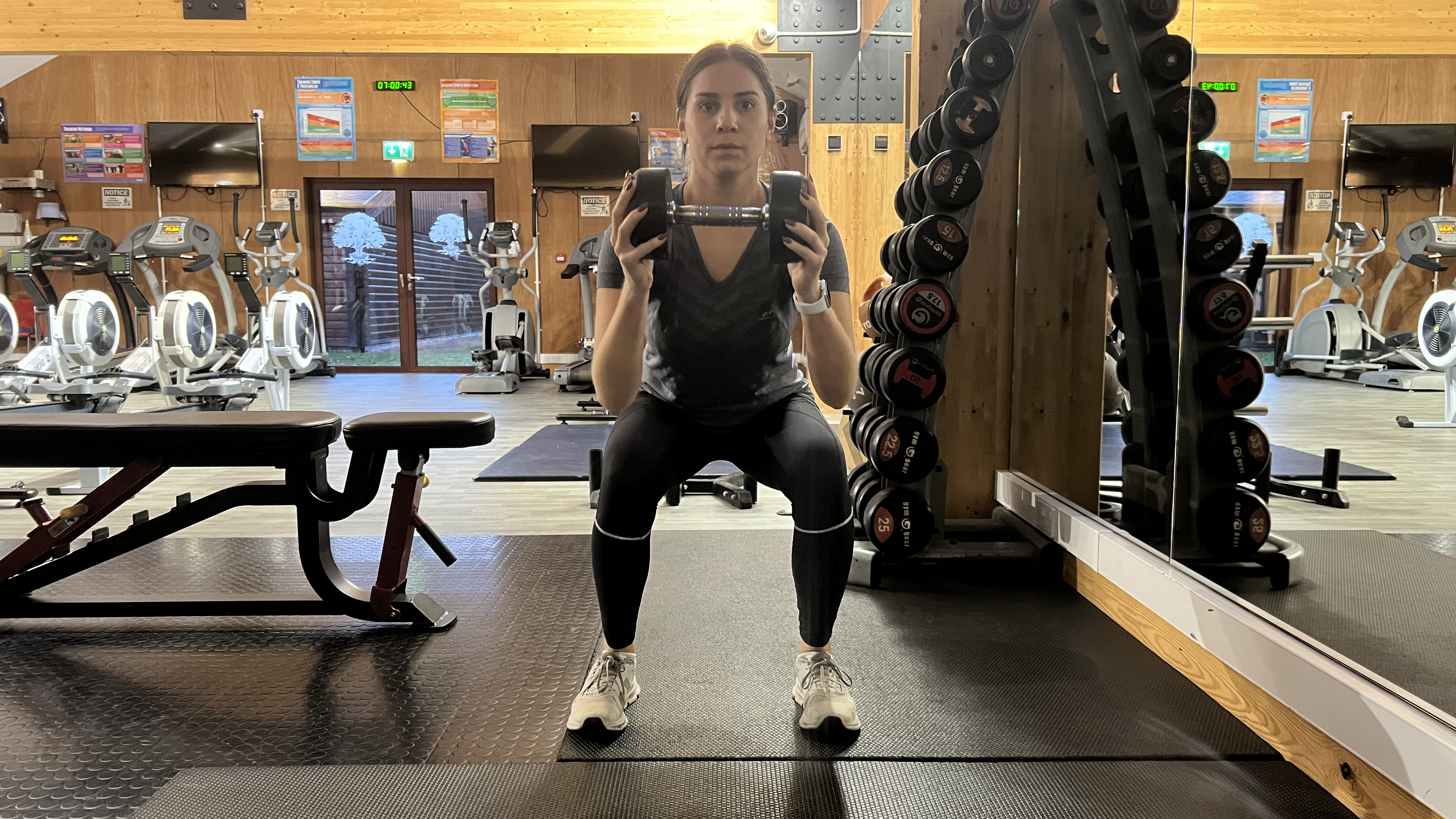 Don't fancy running in the cold? I recommend doing this six-move conditioning workout instead
Don't fancy running in the cold? I recommend doing this six-move conditioning workout insteadWorkout If dark mornings are getting in the way of a pre-work run, this six-exercise conditioning workout is a great alternative
By Daniella Gray
-
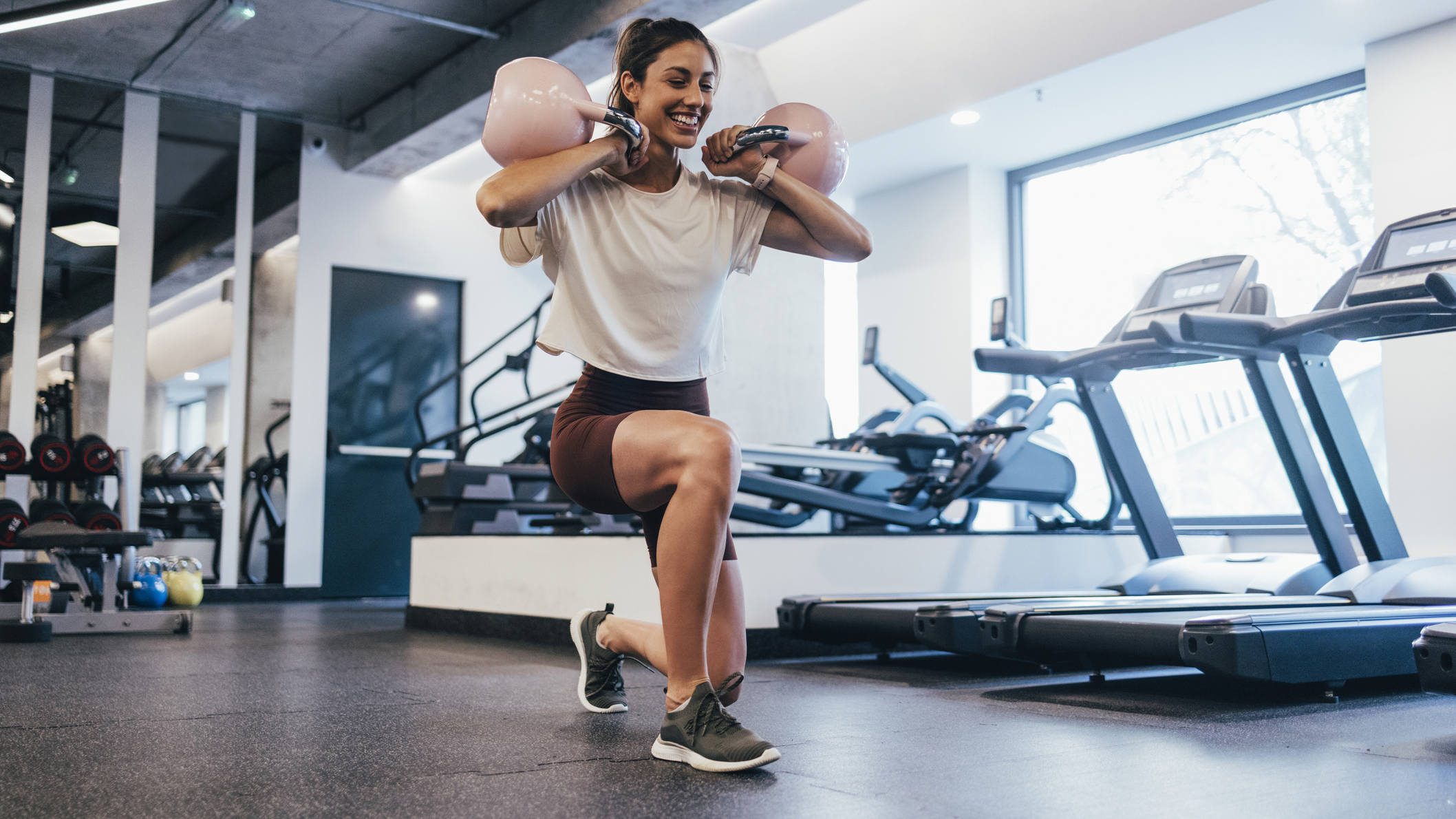 I swapped a split-exercise routine for full-body workouts and it drastically changed my body fat percentage
I swapped a split-exercise routine for full-body workouts and it drastically changed my body fat percentageWorkout If your goal is fat loss, then a full-body workout routine could be key
By Stacey Carter
-
 I tried meditating while I walked—and was surprised at how effective it was
I tried meditating while I walked—and was surprised at how effective it wasMindfulness Struggle to sit still for a seated meditation? Try taking your mindfulness session outdoors
By Sarah Finley
-
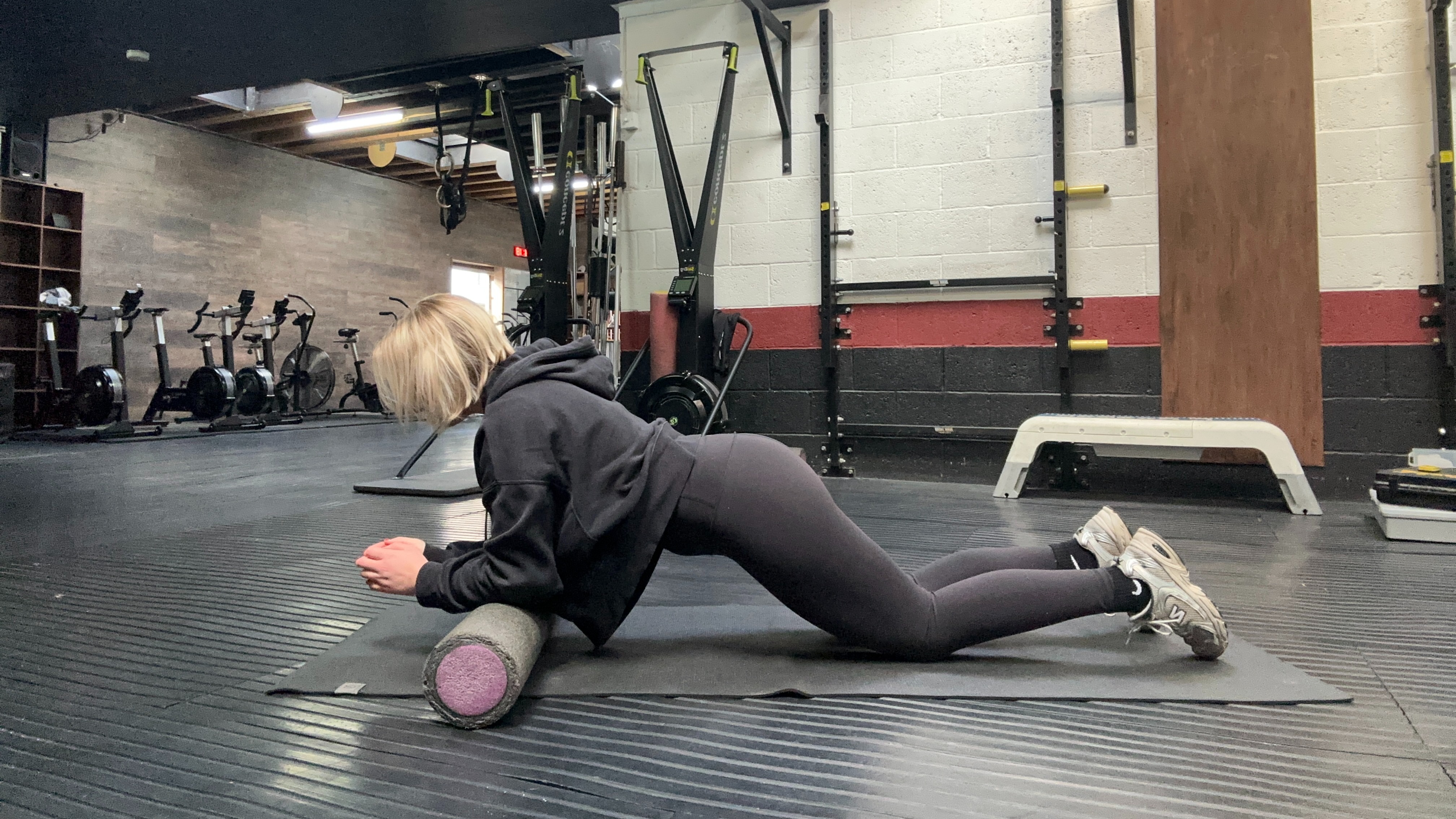 I tried this simple trick to replicate a Pilates Reformer class at home—and my core got a serious workout
I tried this simple trick to replicate a Pilates Reformer class at home—and my core got a serious workoutPilates Could this be the best budget alternative to Reformer Pilates?
By Alice Porter
-
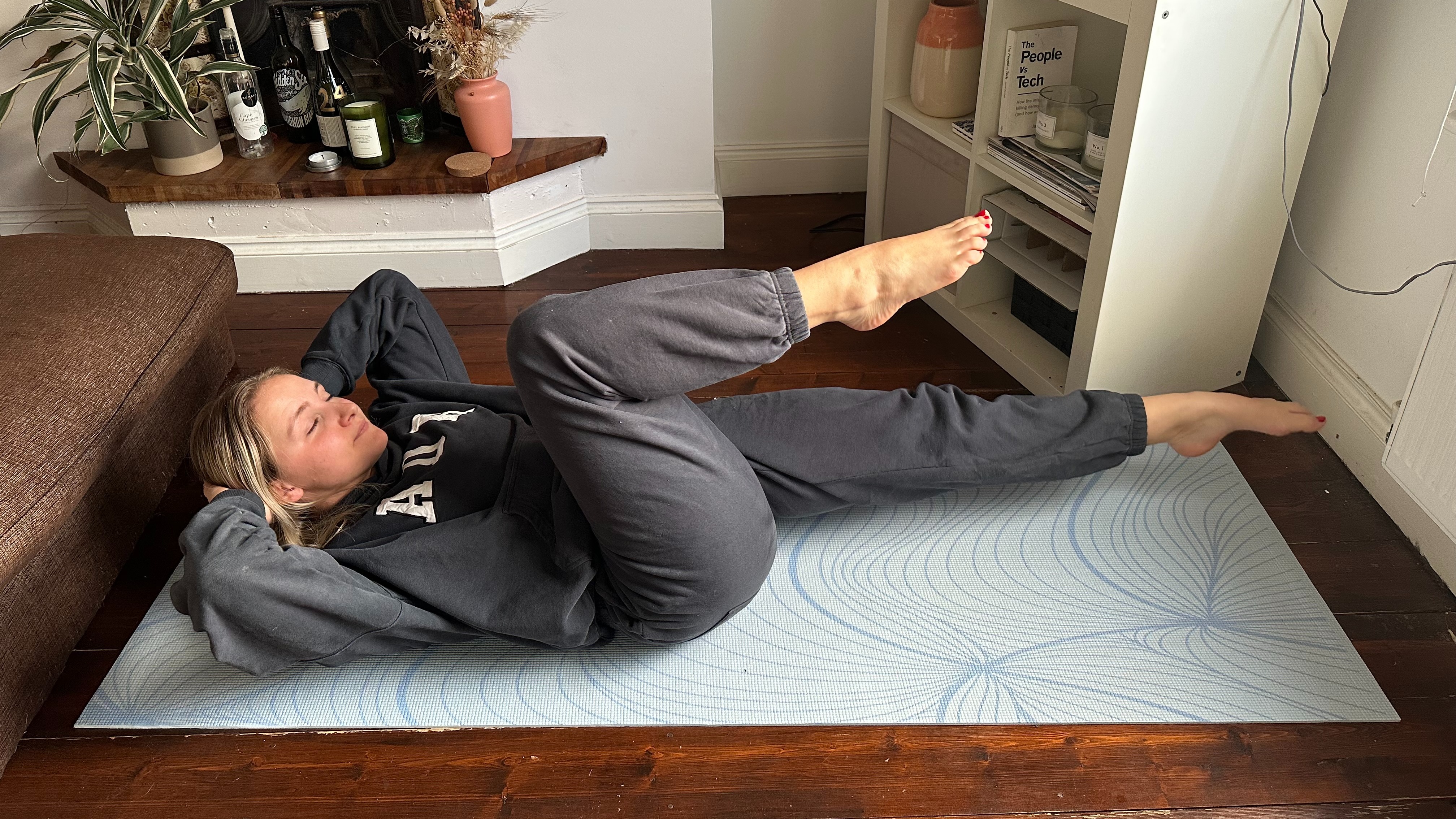 I tried this bodyweight workout and it helped me activate deep core muscles
I tried this bodyweight workout and it helped me activate deep core musclesWorkout These five low-impact exercises helped me build serious core strength
By Alice Porter
-
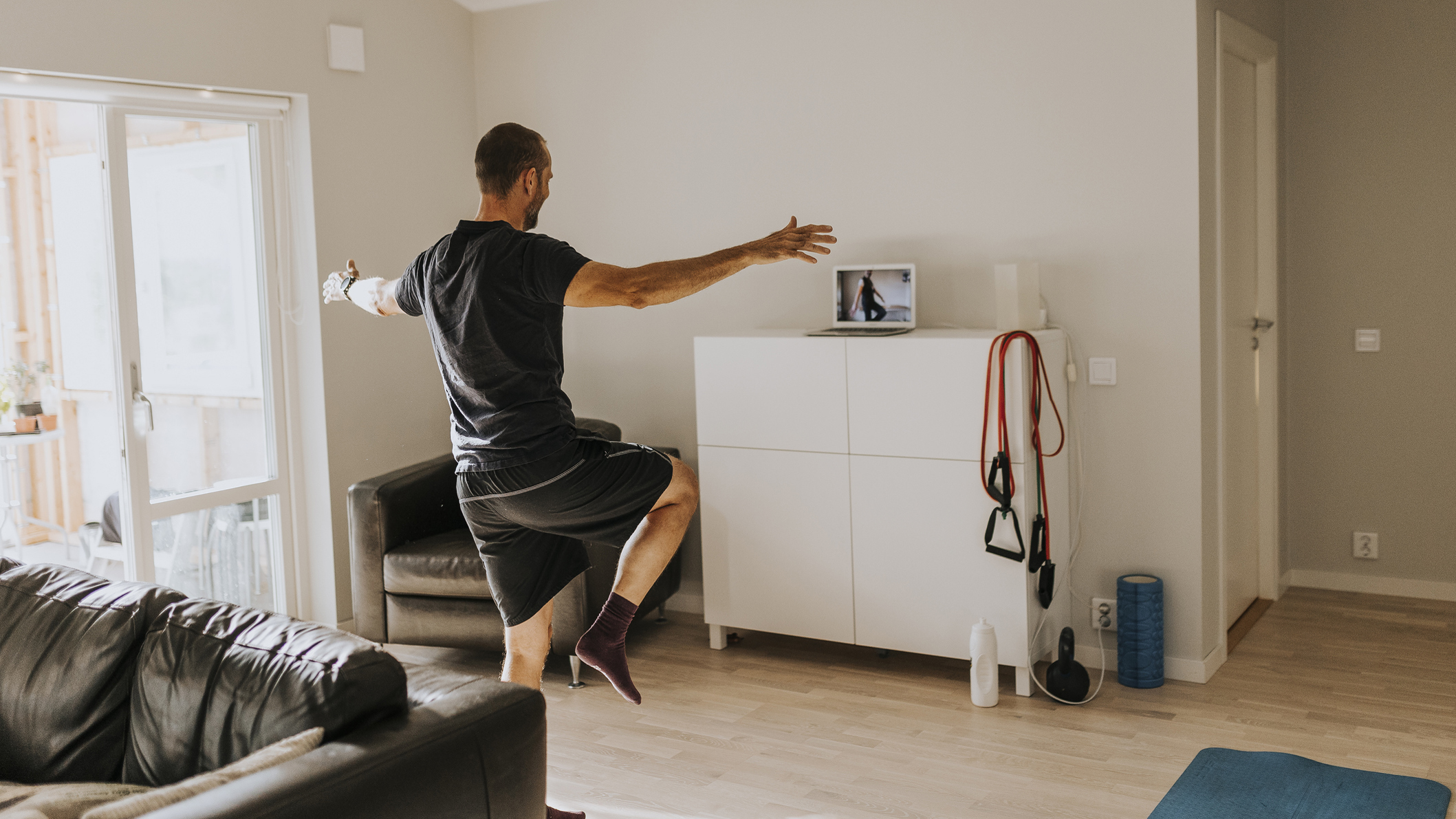 Want to pass the 'old man test'? Try these expert-approved balancing tips, which helped me master the challenge
Want to pass the 'old man test'? Try these expert-approved balancing tips, which helped me master the challengeWorkout You'll need to develop your stability, balance and strength to pass this test with flying colors
By Harry Bullmore
-
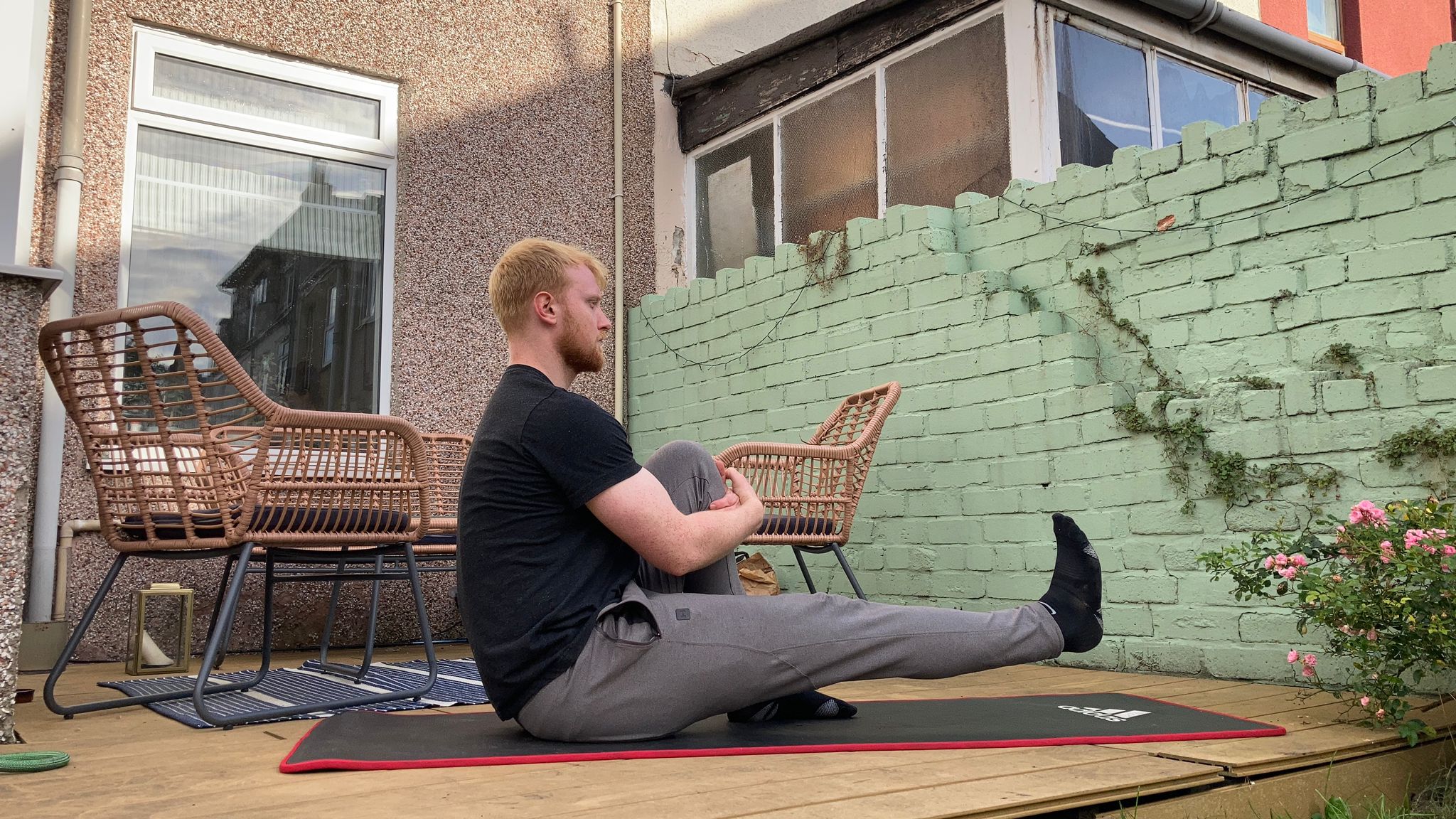 I swapped stretches for these four moves to improve my hip health, and I could feel them working straight away
I swapped stretches for these four moves to improve my hip health, and I could feel them working straight awayWorkout Healthy hips keep injuries and back pain at bay, so I tried some exercises designed to strengthen the surrounding muscles
By Harry Bullmore